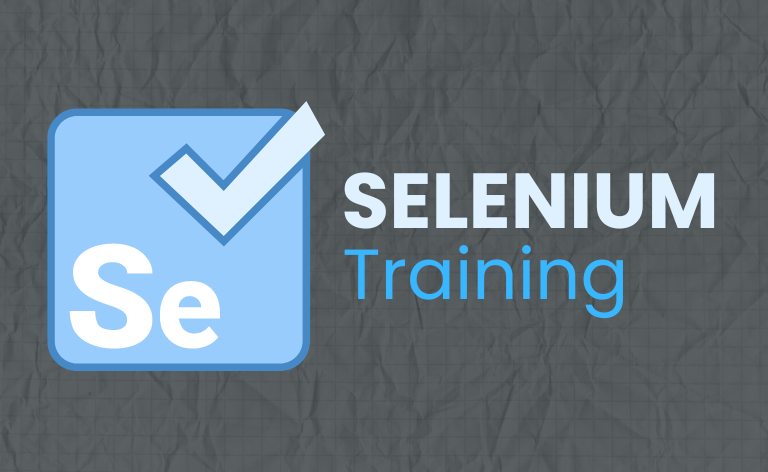0(0 Ratings)
Selenium Automation Training

What I will learn?
- Will familiarize testing professionals with the basics of testing web applications using Selenium
- Testers will be able to build, enhance and maintain the script
- Understand the benefits and proper approach to test automation
- It Will help you view and analyze results
Student Ratings & Reviews

No Review Yet
$600.00
- LevelAll Levels
- Last UpdatedJanuary 2, 2024
Hi, Welcome back!
A course by
M
Material Includes
- Life Time Access to Recordings
- Resume preparation / Mock Interviews
- Real time Assignments and projects
- On Job Support for the 1st Project
Requirements
- Trainees must have basic knowledge of Manual Testing
- Knowledge of HTML, JAVA script, JAVA concepts are an added bonus
Tags
Target Audience
- Software testers who are seeking to automate the testing of web applications using Selenium
- The Testing Professionals, who will be using the automation tools should Understand the benefits and proper approach to test automation.
- QA practitioners. managers or team leaders who interact with testes